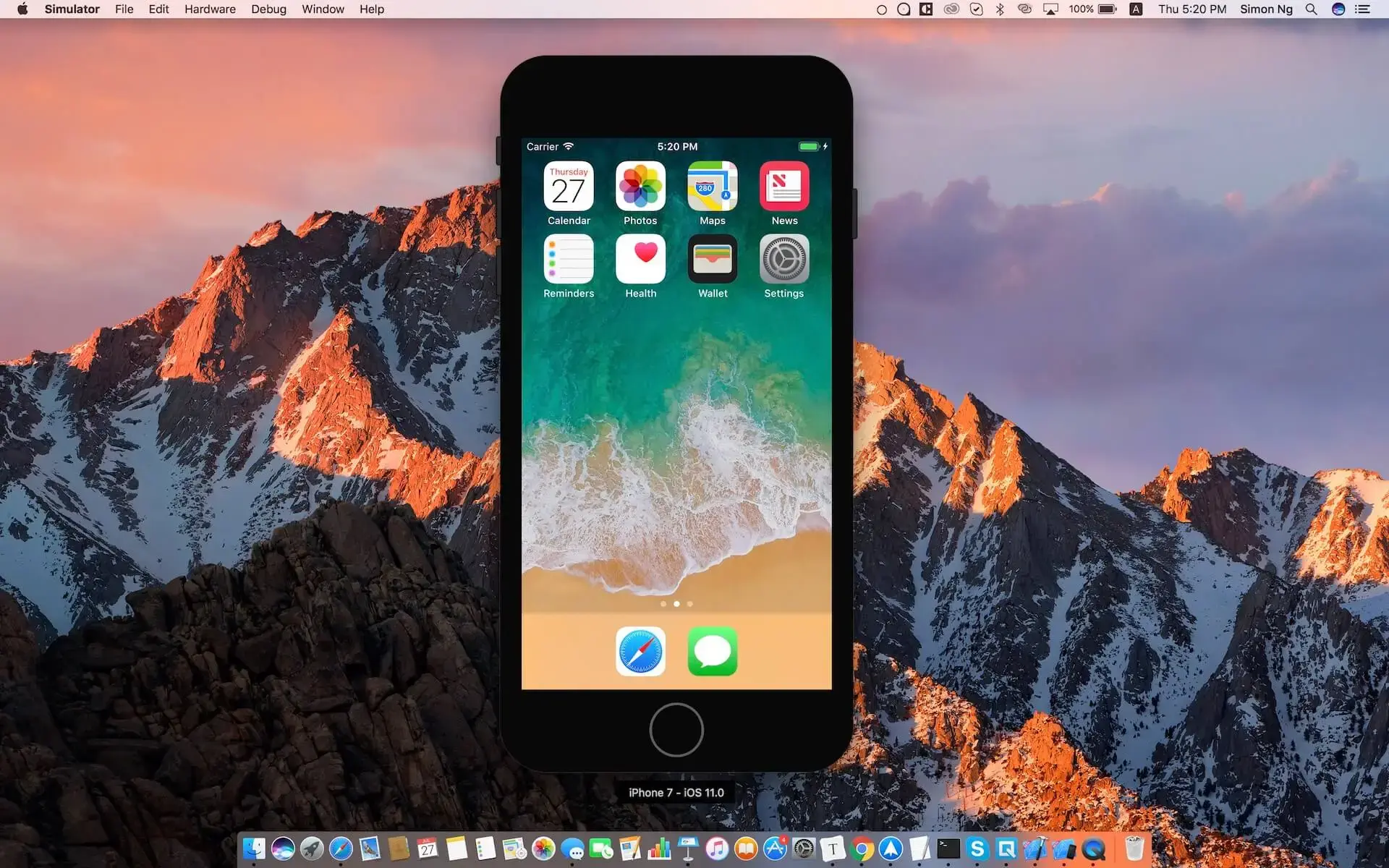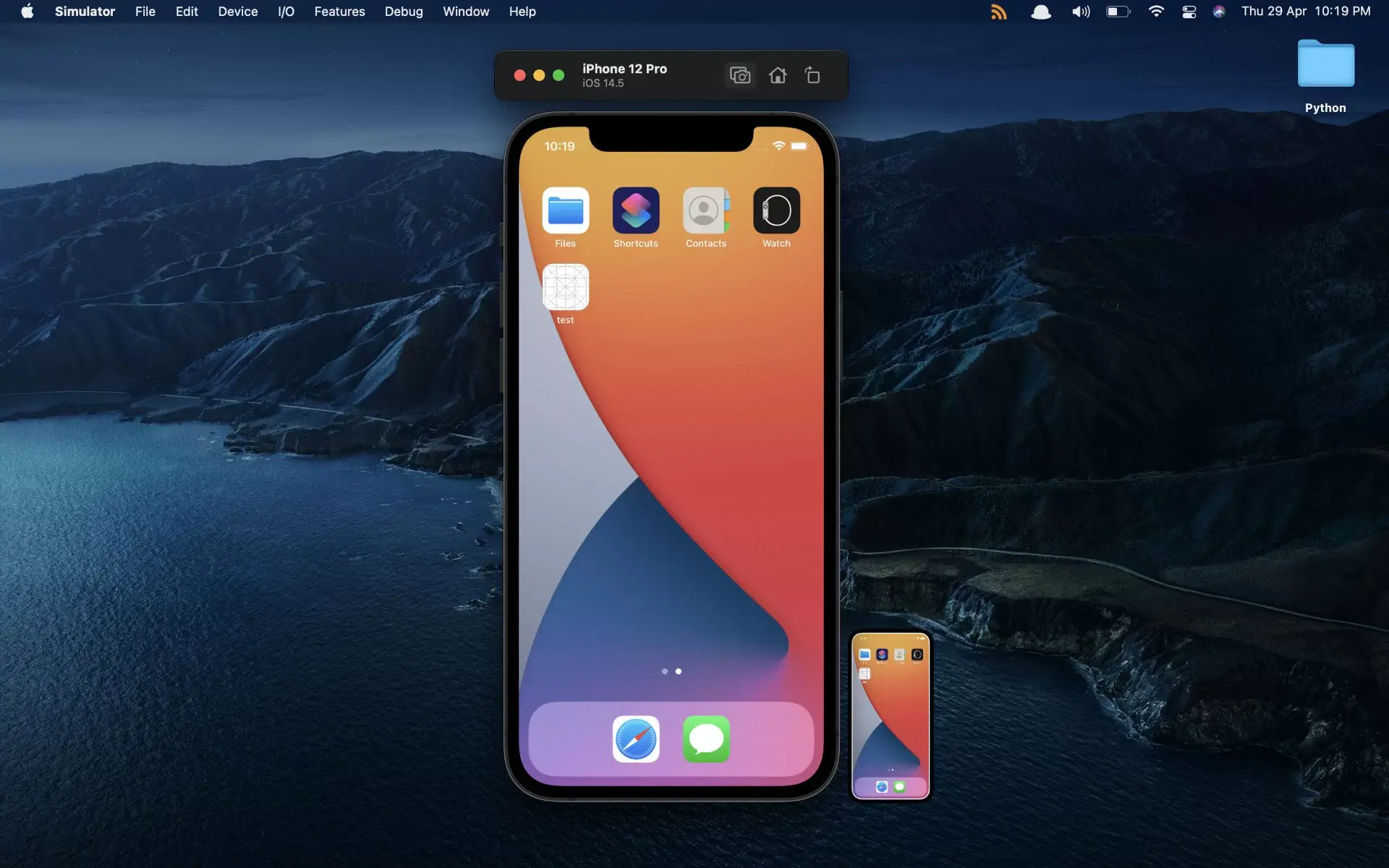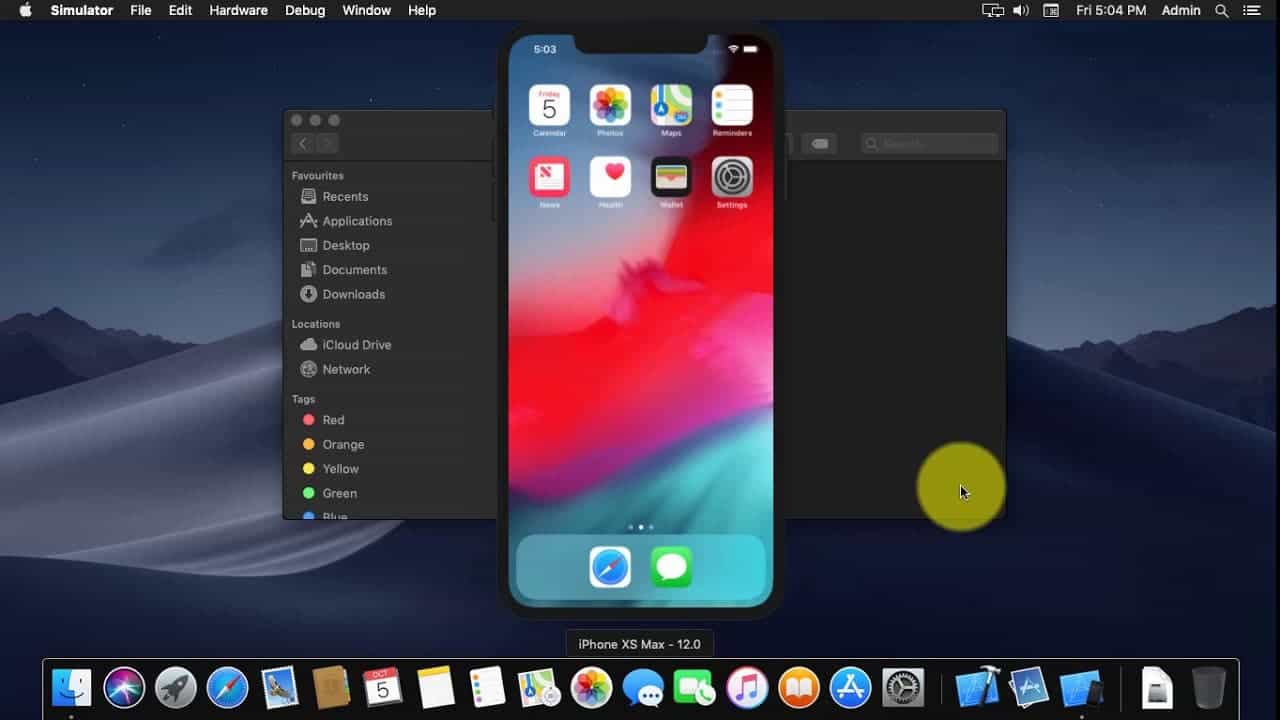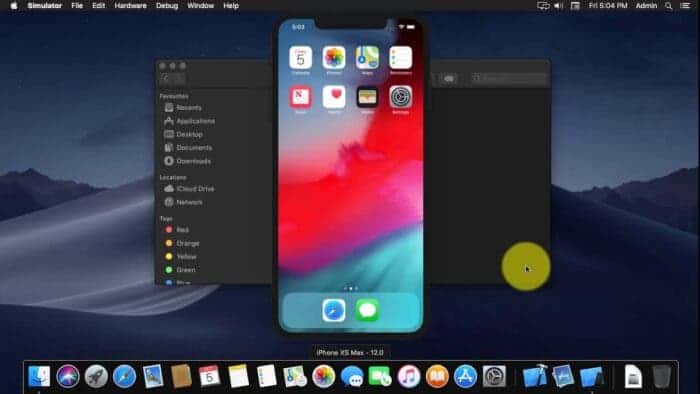The emergence of simulators has broken the barriers between operating systems. A few days ago, the developer ciciplusplus successfully ported touchHLE to the Android platform, so as to be able to run some iOS system apps. Earlier this year, touchHLE, an iOS emulator created by enthusiast Hikari no Yume, already runs on Macs and Windows PCs. It should be noted that touchHLE simulates a very old iOS operating system. It was able to do this because the security mechanism was not perfect at that time, and there were abundant loopholes that could be used. Most of the apps that passed the test were games, such as “Super Monkey Ball” and “Crash Bandicoot Racing 3D”. Due to Apple’s restrictions, the emulator only supports 64-bit Android chips and is still being further optimized. The project has been hosted on GitHub.

Thus, in a normal setting, Android can never run on an iOS simulator. However, tech experts are working on many tweaks that allow these apps to run. The iOS simulator is a strong tool for developers who are looking to create iOS apps without the need for an actual iOS device. It provides a virtual zone that allows developers to test and debug their apps before deploying them to real iOS devices. In this report, we discuss the features, benefits, and limits of the iOS simulator. Also, how it can be used to create better iOS apps.
Features of the iOS Simulator
The iOS simulator offers a virtual zone that emulates an iOS device, complete with a simulated iOS system. This virtual zone allows developers to test and debug their apps in a way that closely mimics the ways of an actual iOS device.
One of the key features of the iOS simulator is its ability to simulate multiple iOS devices. Each with its own unique specs, such as screen size and resolution. This allows developers to test their apps across a range of iOS devices, without the need for multiple physical devices.
Another important feature of this iOS tool is its support for touch and gesture inputs. This can be simulated using a mouse or trackpad. It makes it easy for app creators to test and debug their apps without the need for a physical iOS device.
To test apps for different systems using iOS Simulator, you can use the iOS Simulator app with Xcode. You can simulate different iOS versions and devices by opening Xcode and selecting the desired simulator. It should be noted that an iOS simulator can be used to test your app’s behavior on top of your existing operating system.

Benefits
One of the primary pros of the iOS simulator is its convenience. App creators can use it to test and debug their apps without the need for an actual iOS device. Of course, this can be really pricey and time draining. It can save app creators a huge amount of time and money. This is mostly so when working on large – scale projects that require testing across multiple devices.
Another benefit of the iOS simulator is its speed. Because the simulator is running on a desktop or laptop computer, it can be much faster than testing on a physical iOS device. This can greatly improve the efficiency of the development process, allowing developers to test and debug their apps more quickly and effectively.
The iOS tool also provides a range of debugging and profiling tools. These can help developers identify and fix issues with their apps. These tools include the ability to monitor memory usage and track down performance issues, and spot errors in the code. This can help tech experts create more robust and reliable apps that perform well on a range of iOS devices.
Limitations
While the iOS simulator provides a range of benefits to developers, it is important to note that there are also some limits to its use. One of the primary limits is that the simulator cannot provide a fully accurate function of an actual iOS device. Thus, there are bound to be lapses here and there. Because the simulator is running on a desktop or laptop PC, it may not be able to fully simulate the work plan of an actual iOS device. This can lead to issues with the output and reliability of the app. In fact, the app creator may not spot the issue until the app is launched on a physical device and this is a real issue.

Another issue of the iOS tool is that it can not simulate certain hardware features. Some of them include the camera, GPS and some other sensors. This can be a real issue for apps that rely on these features. This is due to the fact that the app creator will need to test and debug on an actual iOS device in order to ensure that they are working well.
Finally, it is worth noting that the iOS simulator is only available on macOS. This means that people who are working on other systems, such as Windows or Linux, will not be able to use the simulator to test their apps. Thus, there are a couple of limits that hinder the perks of the tool. However, it remains a very valid tool for many tech experts.
Conclusion
The iOS simulator is a very strong tool for those who are looking to create iOS apps. It offers a virtual zone that allows app experts to test and debug their apps without the need for an actual iOS device. This can save them a huge amount of time and money. It becomes a much needed system when the expert is working on very large projects such that he will have to test the app across many devices. While this tool offers a long list of pros, it is worth noting that there are also some cons. App experts should be aware of these limits and take them into account when using the tool to test and debug their apps. Overall, this iOS app creation and testing tool is a very valid tool for iOS developers. This will allow them to create better apps and in a more efficient way.





